Krakow's churches no.33 – Church of st. Florian in Krakow
[ENG]
Krakow is famous for its numerous churches – each of them is a separate story intertwined with the history of the city and its inhabitants. But there are places that have a special aura – not only because of their age or decor, but because for centuries they have focused people's hopes, prayers, dramas and everyday life. One of such places is certainly the Church of St. Florian in Kleparz – one of the oldest and most recognizable churches in Krakow, and at the same time a temple with a fascinating history and unique connections with John Paul II. The history of the Church of St. Florian dates back to the 12th century and is associated with the legend of bringing the relics of St. Florian to Poland. According to tradition, in 1184, Duke Casimir II the Just invited the Bishop of Modena, who was carrying with him the relics of the Roman martyr – St. Florian, to the country. During the journey through Krakow, the horses harnessed to the cart with the relics were supposed to suddenly stop and not move – this was interpreted as a sign that Saint Florian wanted to stay here. In this place, on the former suburb of Krakow called Kleparz (then separated from the city walls), the first church bearing his name was erected.
At that time, however, it was not a brick and stone building as we know it today. The original church was wooden and much more modest. Over time, other structures were built – and the history of the buildings in Kleparz is also a story of destruction and reconstruction.
In the Middle Ages, a separate settlement was established around the temple, which in 1366 obtained city rights from Casimir the Great under the name Florence – in honour of the church's patron saint. Over time, however, the name Kleparz (derived from the German word Kläpper, meaning a market or kleparz – a trader in wooden products) replaced the official Florence and it was this name that became entrenched in the minds of the residents.
The current shape of the church is the result of several phases of construction and reconstruction. The first brick, Gothic church was built in the 14th century, but it was repeatedly damaged by fires - including in 1476 and 1528. In the 16th century, it was rebuilt in the Gothic style, and its final shape is mainly due to the Baroque reconstruction in the 17th century. Today's church is a three-nave basilica with an elongated presbytery and two towers on the façade. The most recognizable element is this monumental, Baroque façade with towers covered with helmets with lanterns.
Many valuable elements of the late Baroque interior have been preserved in the interior - altars, pulpit, stuccos. The main altar is a work from the end of the 18th century, with a painting depicting the martyrdom of St. Florian. It is also worth paying attention to the side chapels, especially the chapel of Our Lady of Sorrows and the chapel of St. John of Nepomuk.
Church of St. Floriana is not only a history of walls, styles and artists – it is also a place of particular importance to Karol Wojtyła. In the years 1949–1951, the young priest Wojtyła was a vicar here – and although he was already an academic lecturer at the Catholic University of Lublin, he was very committed to the academic ministry at the parish of St. Florian. Here he led meetings with young people, here he organised trips to the mountains and kayaking – the famous “Uncle” expeditions, which later became legendary. For many people, Karol Wojtyła – later John Paul II – remained forever associated with “Florik” (as students affectionately called St. Florian’s Church). It was here that his pastoral style was shaped – full of cordiality, direct contact, joint prayer and conversation. The parish of St. Florian still cherishes this memory – inside the church there is a commemorative plaque in honour of the Polish Pope, and next to the church stands his monument.
Address:
ul. Warszawska 1b,
31-155 Kraków
Website:
https://swflorian.net/
Masses on Sundays and celebrations:
6:30, 8:00, 9:30, 11:00, 12:15, 15:15, 18:30, 20:00
[PL]
Kraków słynie z licznych kościołów – każdy z nich to osobna historia spleciona z dziejami miasta i jego mieszkańców. Ale są takie miejsca, które mają w sobie szczególną aurę – nie tylko przez wiek czy wystrój, ale dlatego, że przez stulecia skupiały ludzkie nadzieje, modlitwy, dramaty i codzienność. Do takich miejsc należy z pewnością kościół św. Floriana na Kleparzu – jeden z najstarszych i najbardziej rozpoznawalnych kościołów Krakowa, a zarazem świątynia o fascynującej historii i wyjątkowych związkach z Janem Pawłem II.
Historia kościoła św. Floriana sięga XII wieku i wiąże się z legendą o sprowadzeniu relikwii świętego Floriana do Polski. Według tradycji w 1184 roku książę Kazimierz II Sprawiedliwy zaprosił do kraju biskupa Modeny, który wiózł ze sobą relikwie rzymskiego męczennika – św. Floriana. Podczas podróży przez Kraków konie zaprzężone do wozu z relikwiami miały nagle zatrzymać się i nie ruszyć z miejsca – zinterpretowano to jako znak, że święty Florian właśnie tutaj pragnie pozostać. W tym miejscu, na dawnym przedmieściu Krakowa zwanym Kleparzem (wtedy oddzielonym od murów miejskich), wystawiono pierwszą świątynię jego imienia.
Wówczas nie była to jednak budowla z cegły i kamienia jaką znamy obecnie. Pierwotny kościół był drewniany i znacznie skromny. Z czasem powstawały kolejne konstrukcje – a historia budowli na Kleparzu to także opowieść o zniszczeniach i odbudowach.
Wokół świątyni powstała w średniowieczu osobna osada, która w 1366 roku uzyskała prawa miejskie od Kazimierza Wielkiego pod nazwą Florencja – na cześć patrona kościoła. Z czasem jednak nazwa Kleparz (pochodząca od niemieckiego słowa Kläpper, określającego targ lub kleparza – handlującego wyrobami z drewna) wyparła oficjalną Florencję i to ona utrwaliła się w świadomości mieszkańców.
Obecny kształt kościoła to efekt kilku faz budowy i odbudowy. Pierwszy murowany, gotycki kościół powstał w XIV wieku, ale wielokrotnie ulegał pożarom – m.in. w 1476 i 1528 roku. W XVI wieku odbudowano go w stylu gotyckim, a ostateczny kształt zawdzięcza głównie barokowej przebudowie w XVII wieku. Dzisiejszy kościół to trzynawowa bazylika z wydłużonym prezbiterium i dwoma wieżami na fasadzie. Najbardziej rozpoznawalnym elementem jest właśnie ta monumentalna, barokowa fasada z wieżami przykrytymi hełmami z latarniami.
We wnętrzu zachowało się wiele cennych elementów późnobarokowego wystroju – ołtarze, ambona, stiuki. Główny ołtarz to dzieło z końca XVIII wieku, z obrazem przedstawiającym męczeństwo św. Floriana. Warto też zwrócić uwagę na kaplice boczne, szczególnie na kaplicę Matki Boskiej Bolesnej i kaplicę św. Jana Nepomucena.
Kościół św. Floriana to jednak nie tylko historia murów, stylów i artystów – to także miejsce szczególnie ważne dla Karola Wojtyły. W latach 1949–1951 młody ksiądz Wojtyła był tu wikariuszem – i choć był już wówczas także wykładowcą akademickim na KUL-u, z wielkim zaangażowaniem opiekował się duszpasterstwem akademickim przy parafii św. Floriana. Tu prowadził spotkania z młodzieżą, tu organizował wyjazdy w góry i na kajaki – słynne „Wujkowe” wyprawy, które później przeszły do legendy.
Dla wielu osób Karol Wojtyła – późniejszy Jan Paweł II – na zawsze pozostał związany z „Florikiem” (tak studenci pieszczotliwie nazywali kościół św. Floriana). To tu ukształtował się jego styl duszpasterzowania – pełen serdeczności, bezpośredniego kontaktu, wspólnej modlitwy i rozmowy. Parafia św. Floriana do dziś pielęgnuje tę pamięć – we wnętrzu świątyni znajduje się tablica pamiątkowa ku czci Papieża-Polaka, a obok kościoła stoi jego pomnik.
Adres:
ul. Warszawska 1b,
31-155 Kraków
Strona internetowa parafii:
https://swflorian.net/
Msze Święte w niedziele i święta
6:30, 8:00, 9:30, 11:00, 12:15, 15:15, 18:30, 20:00
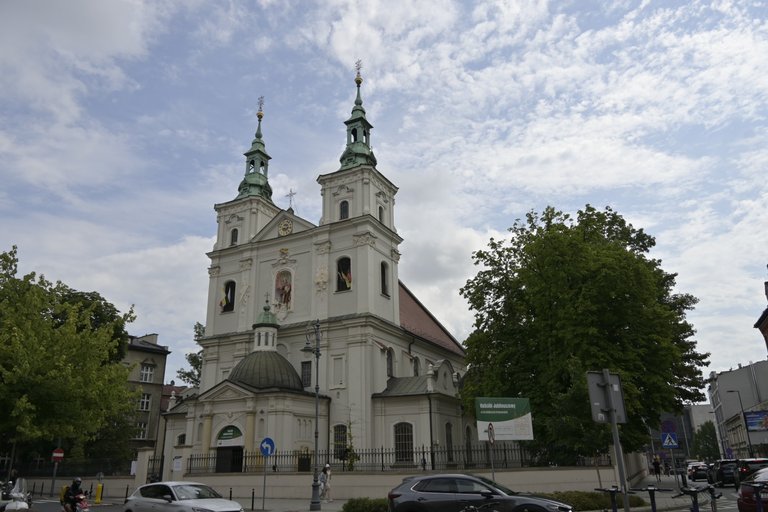
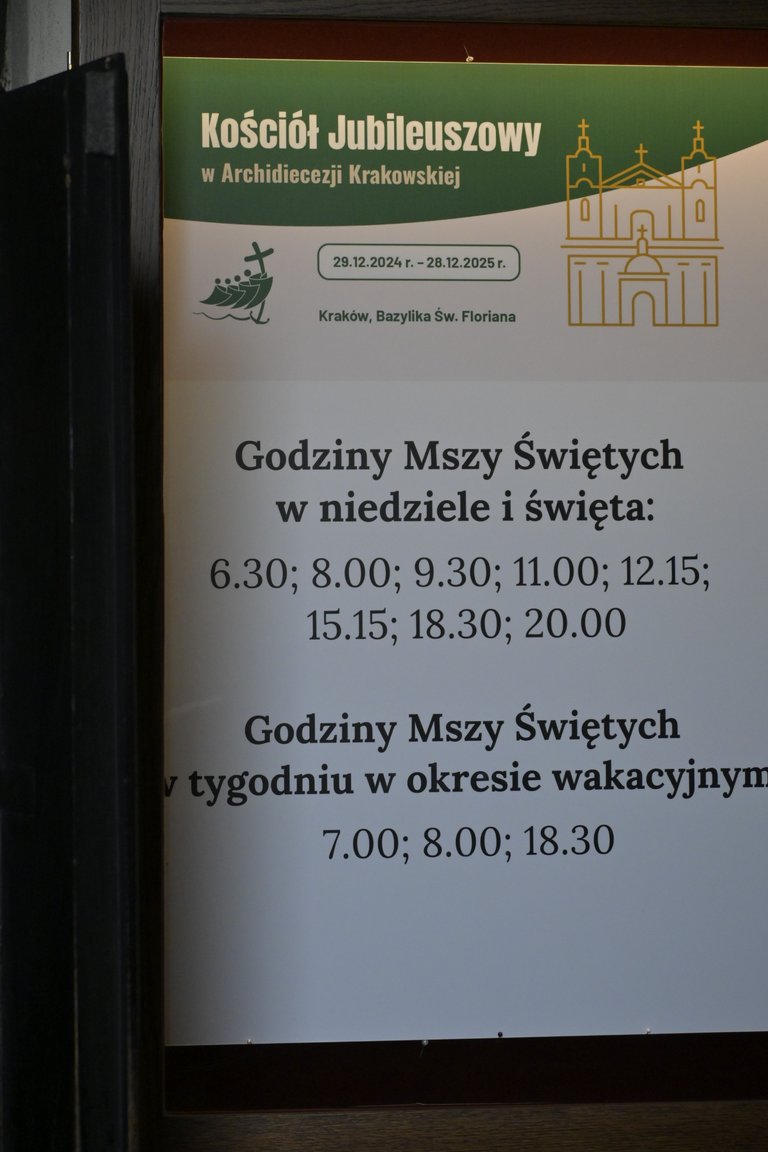

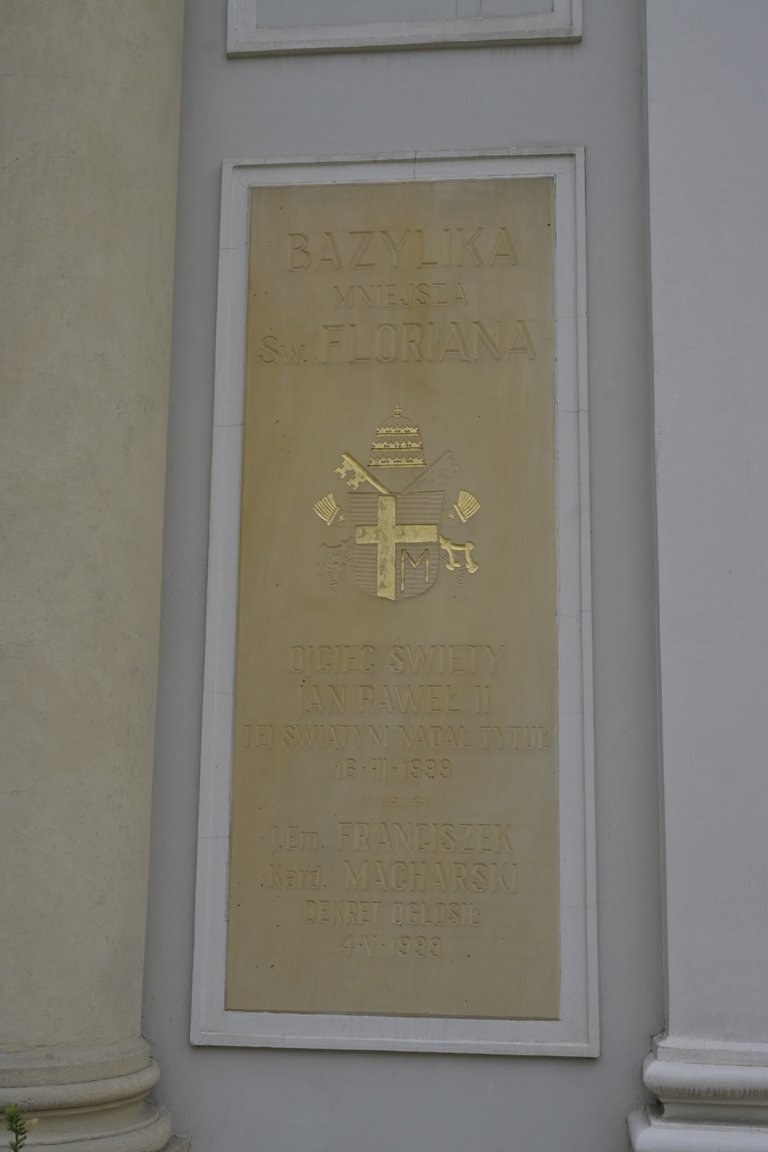
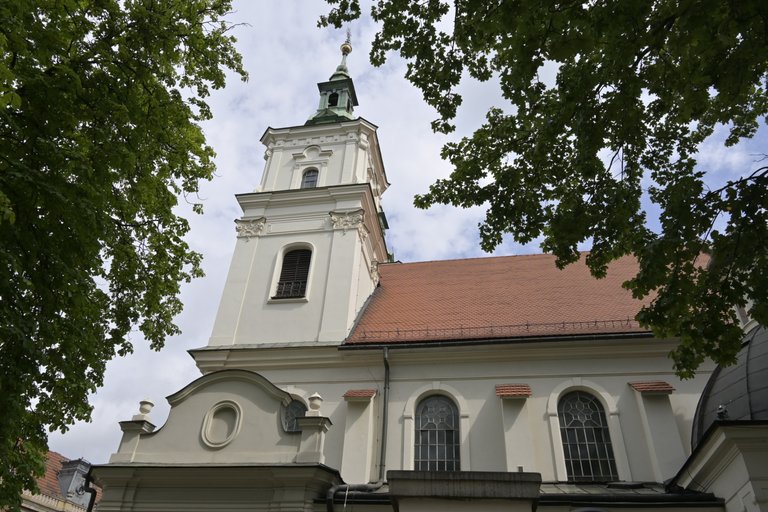

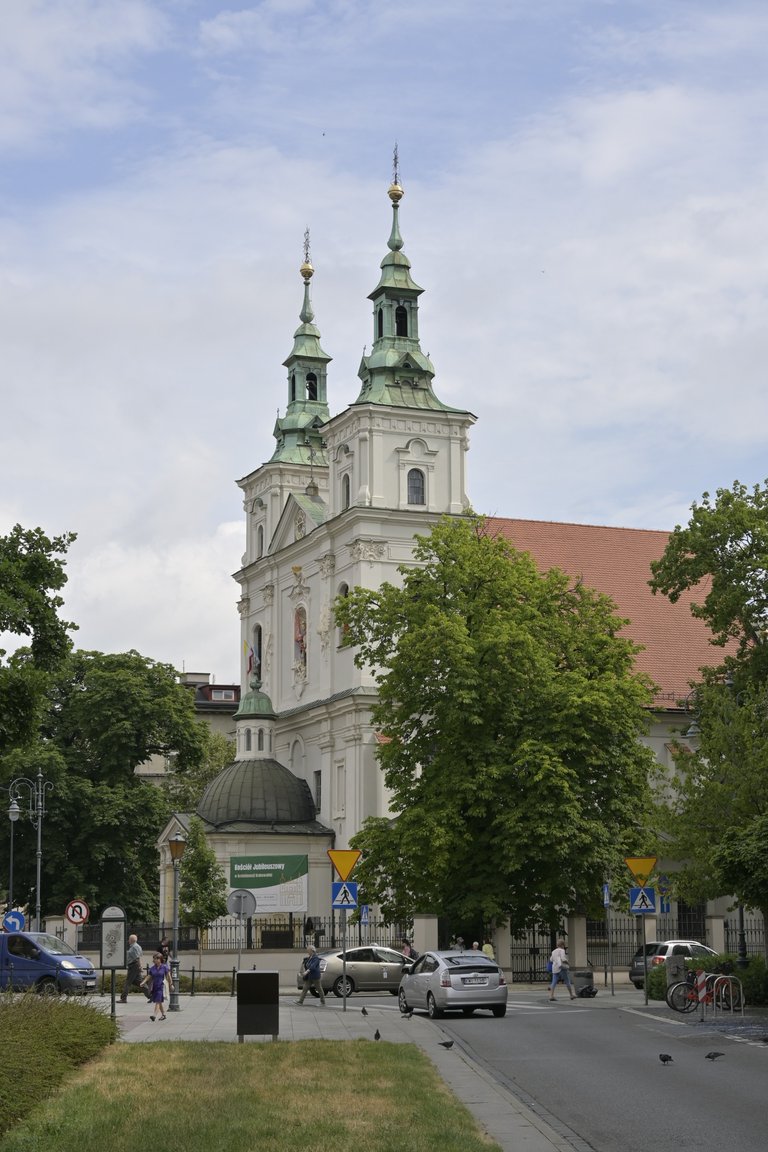
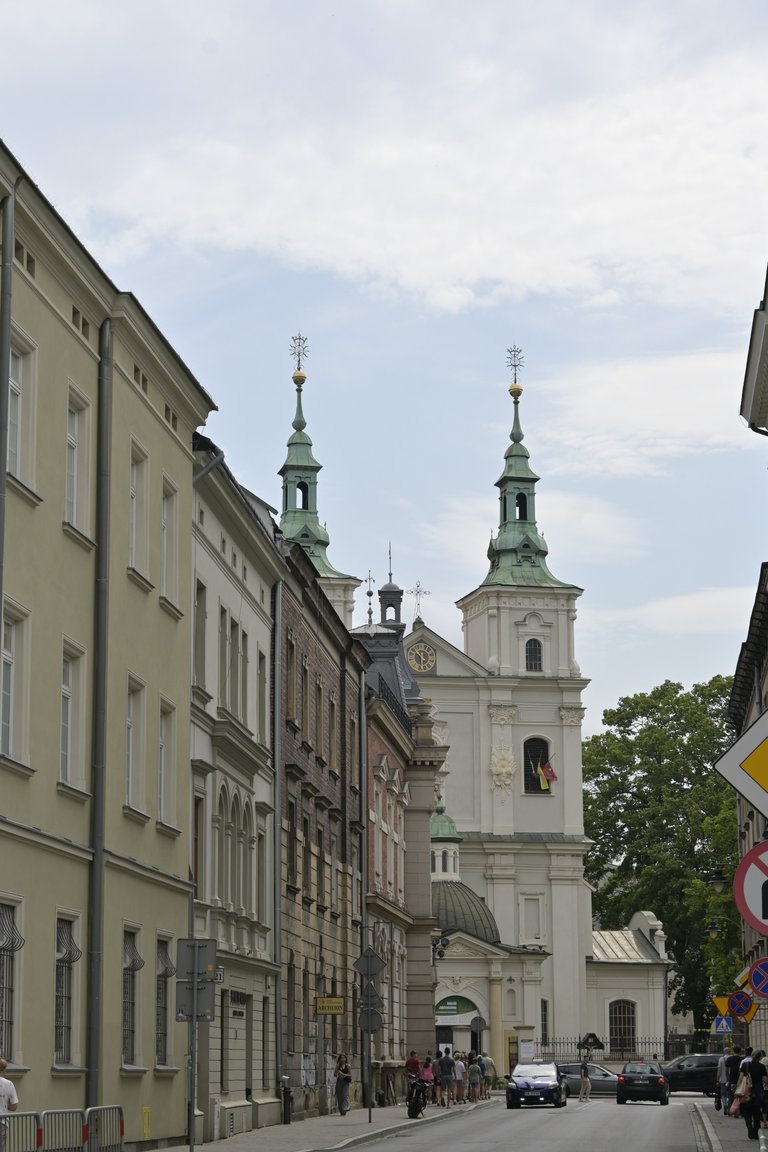
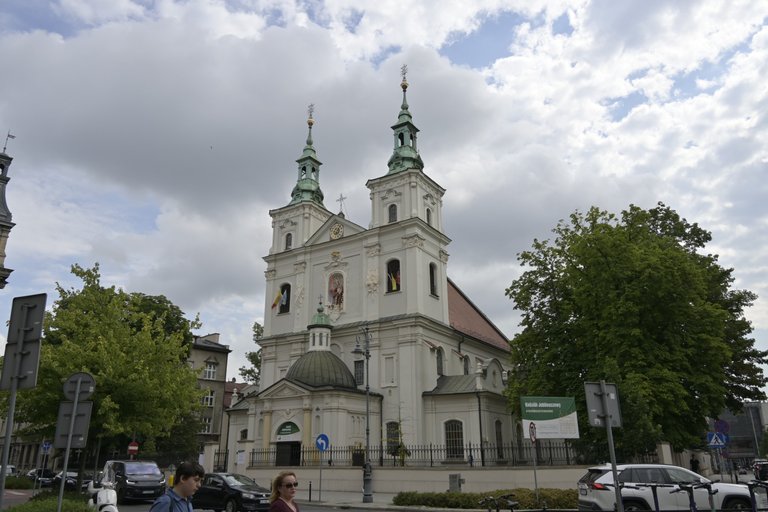
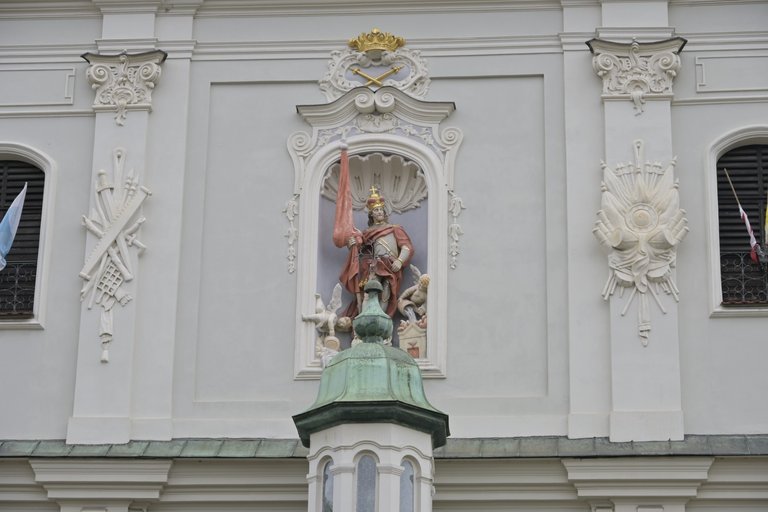
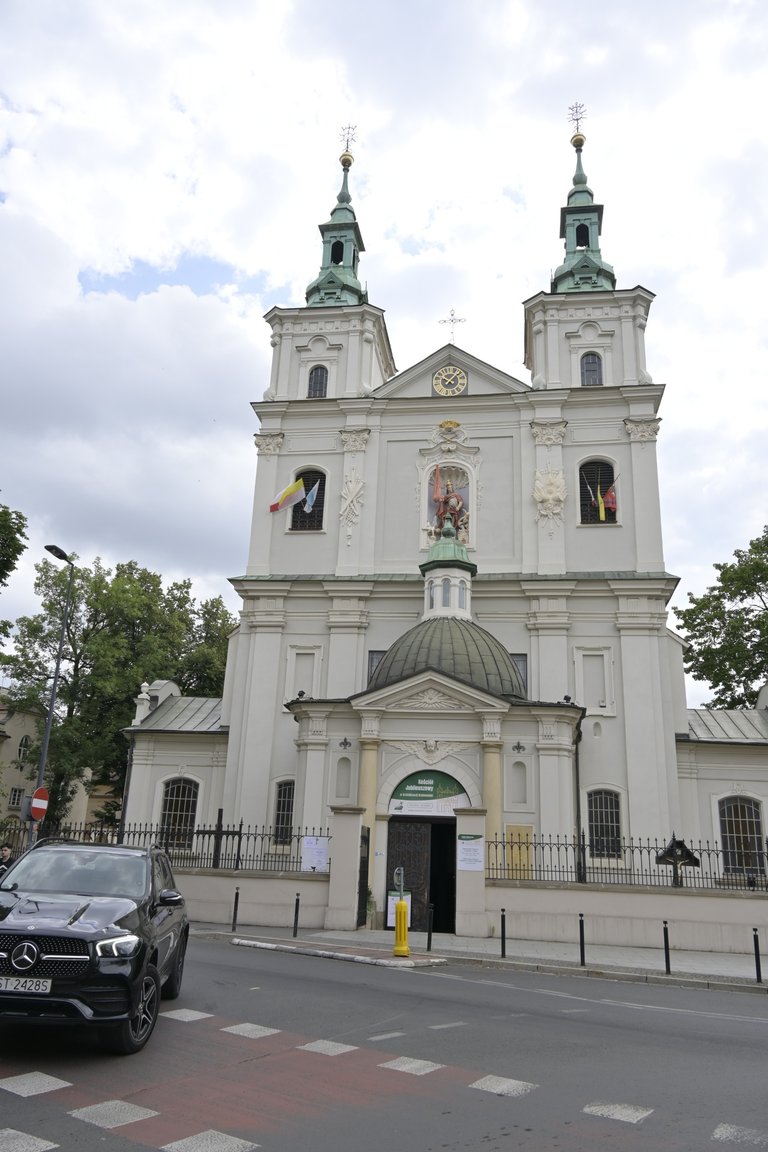
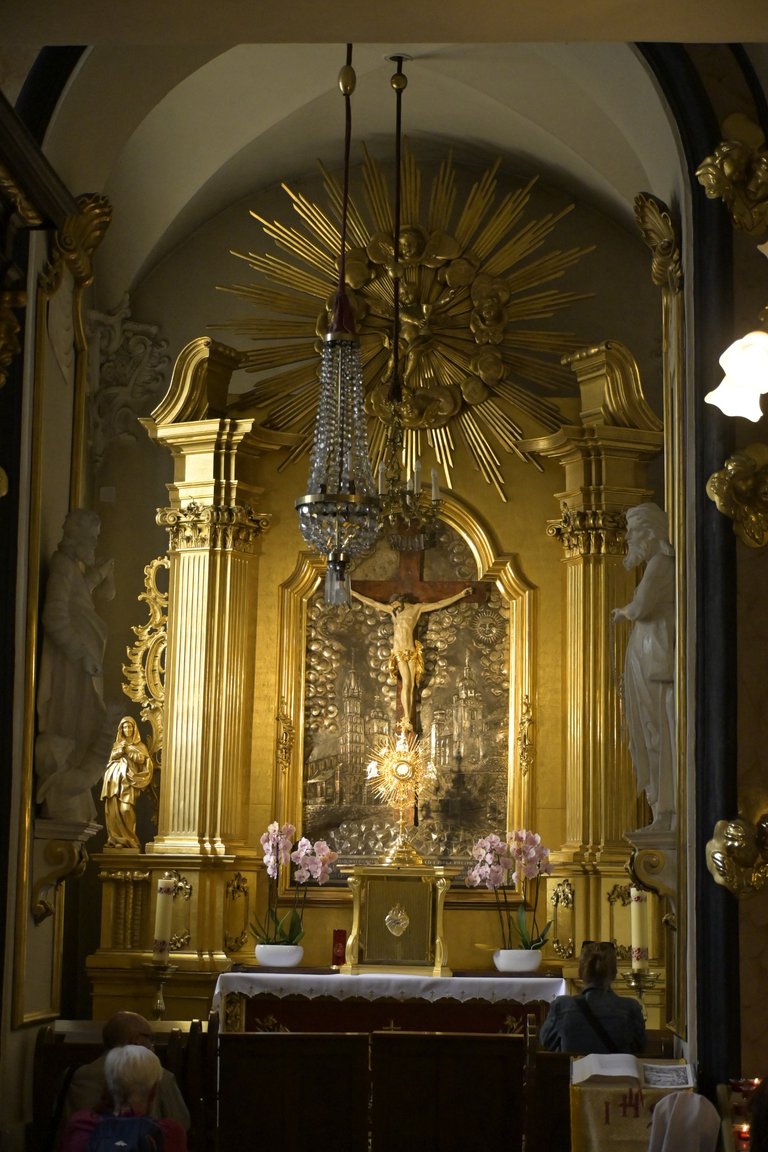
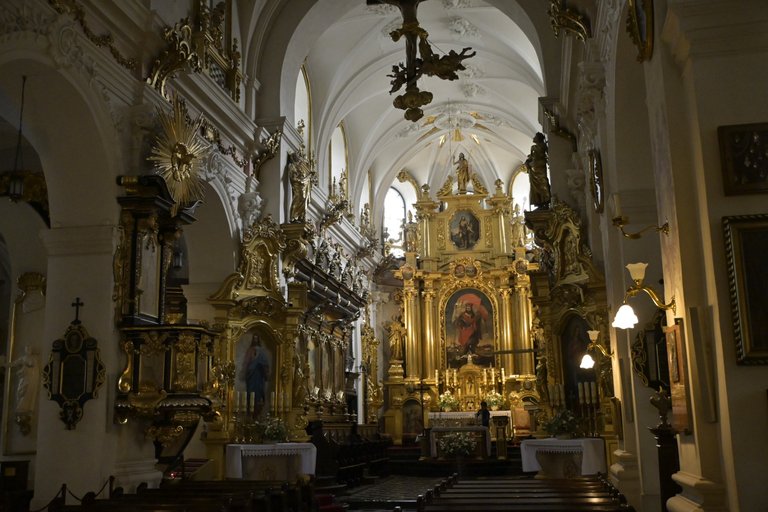
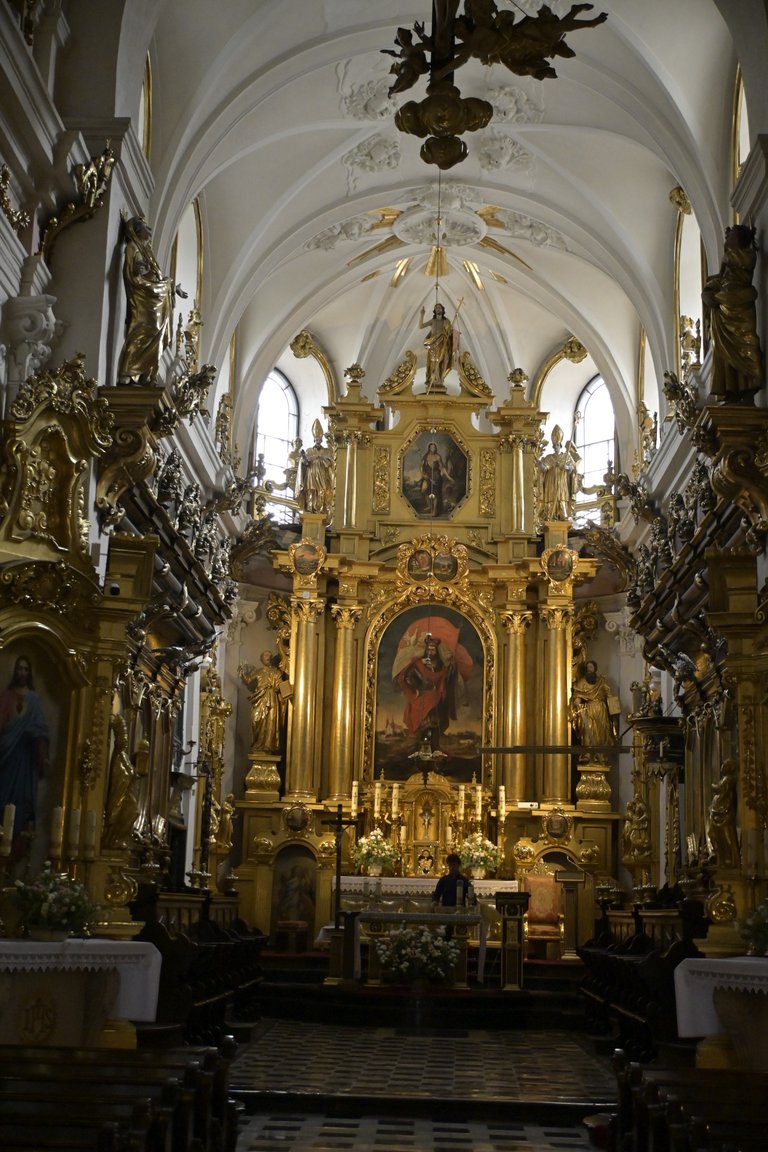
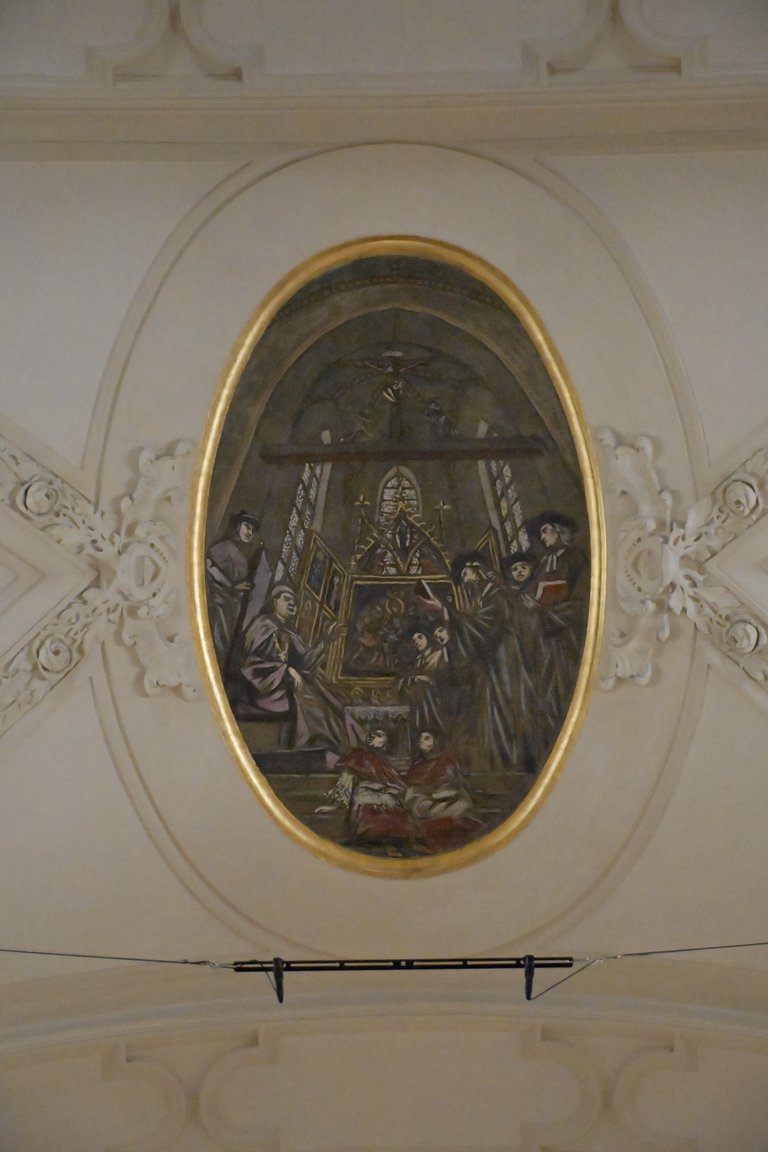
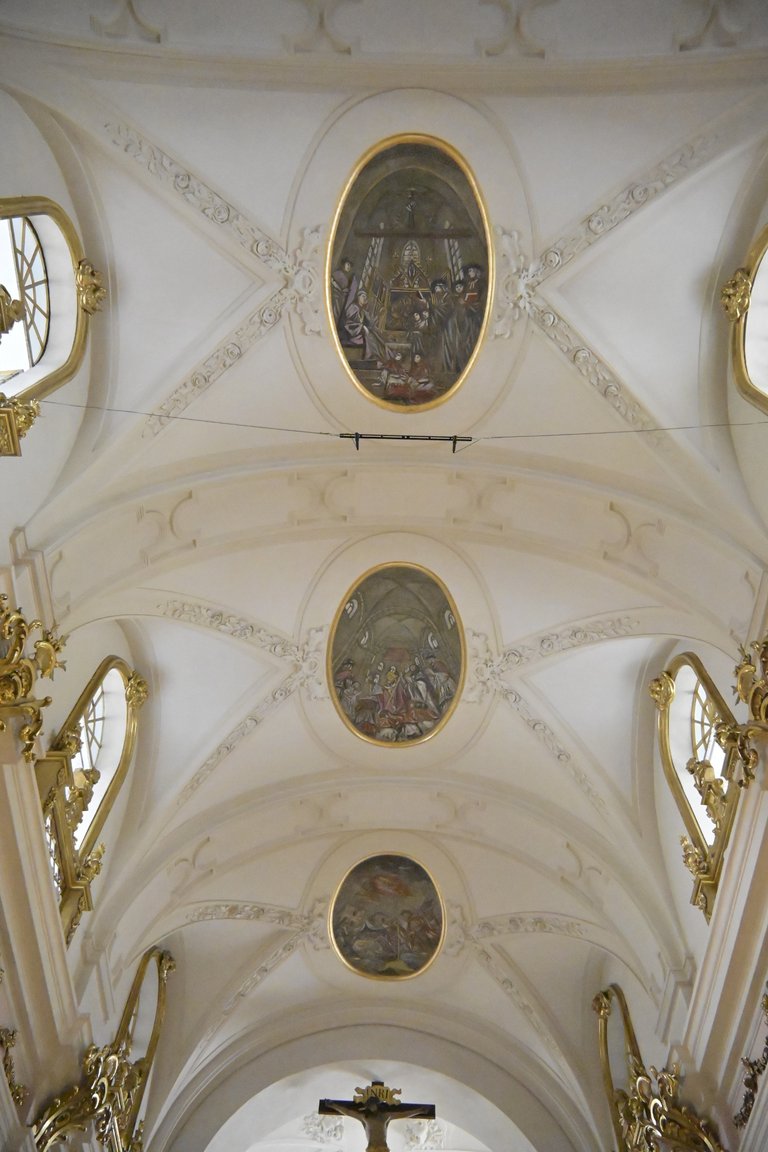
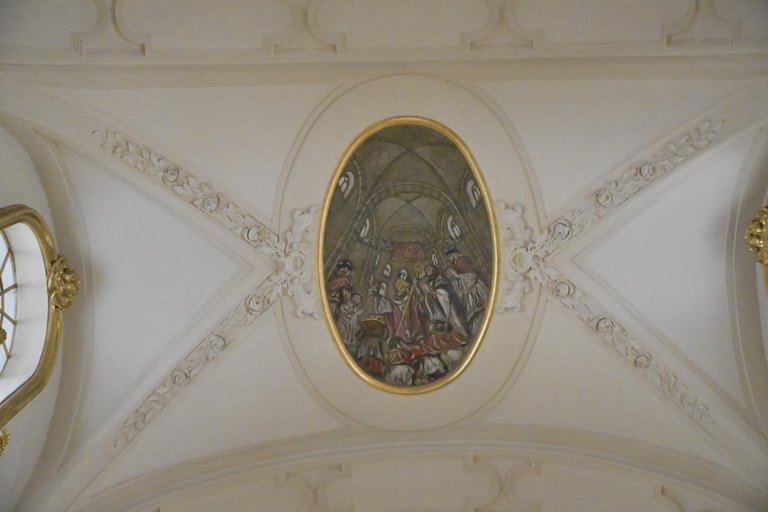
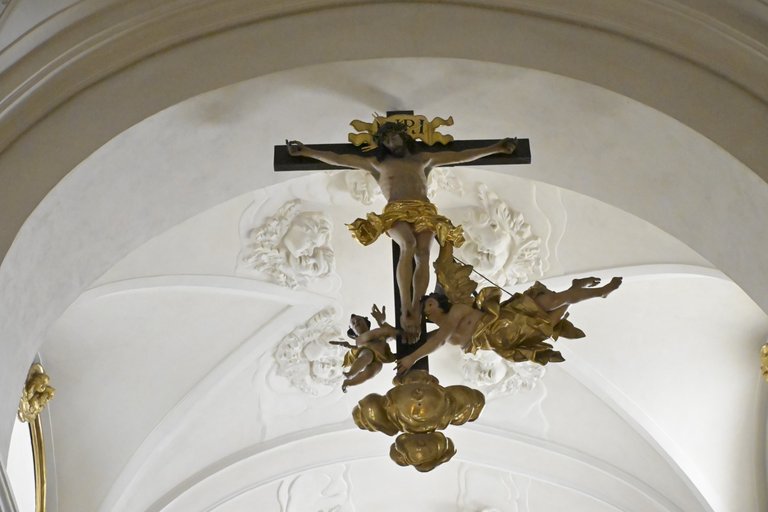
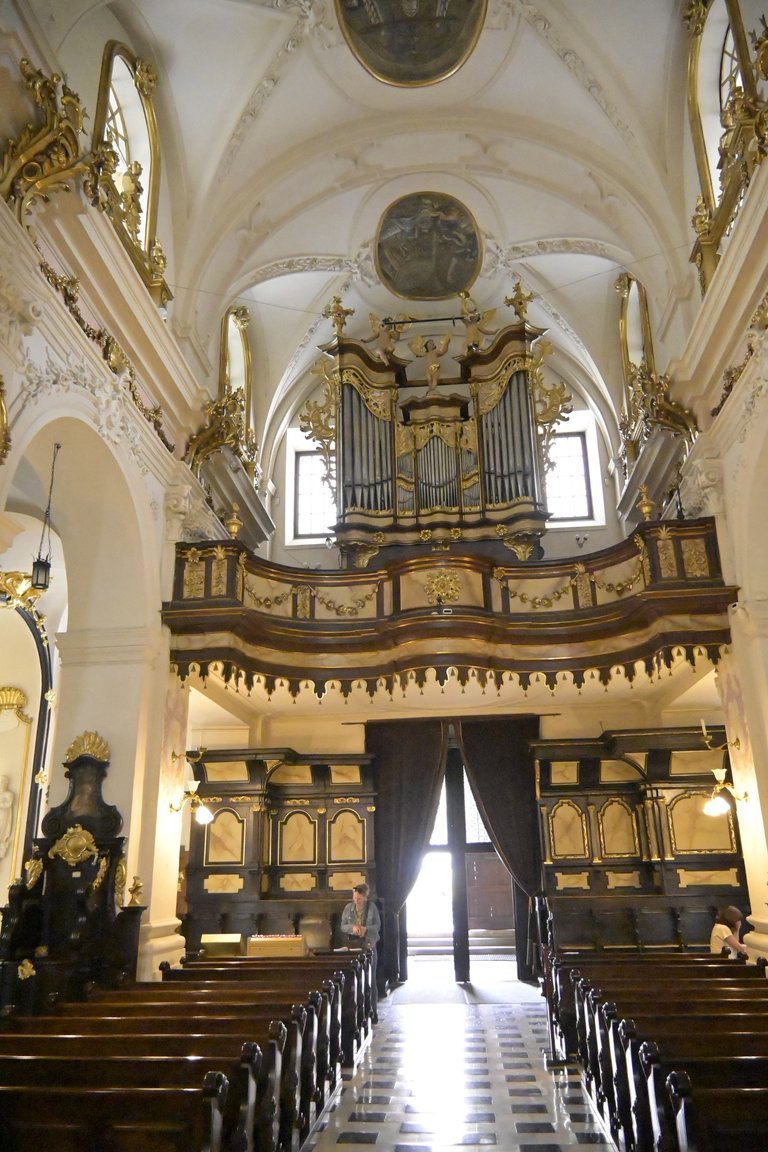
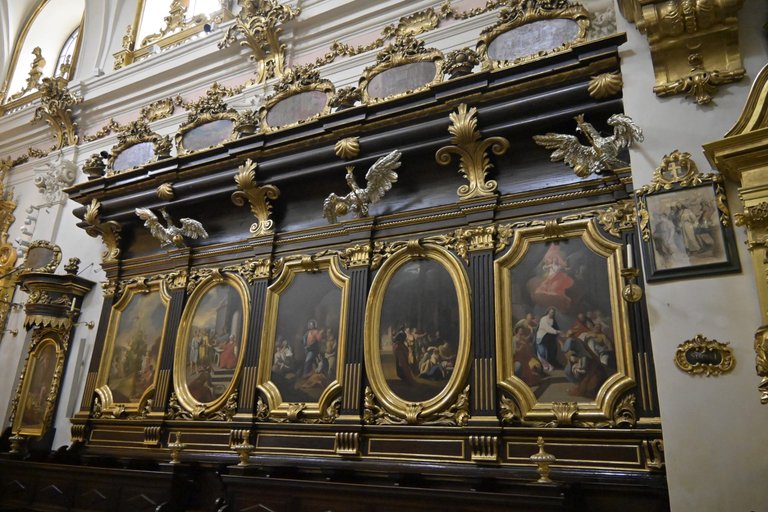
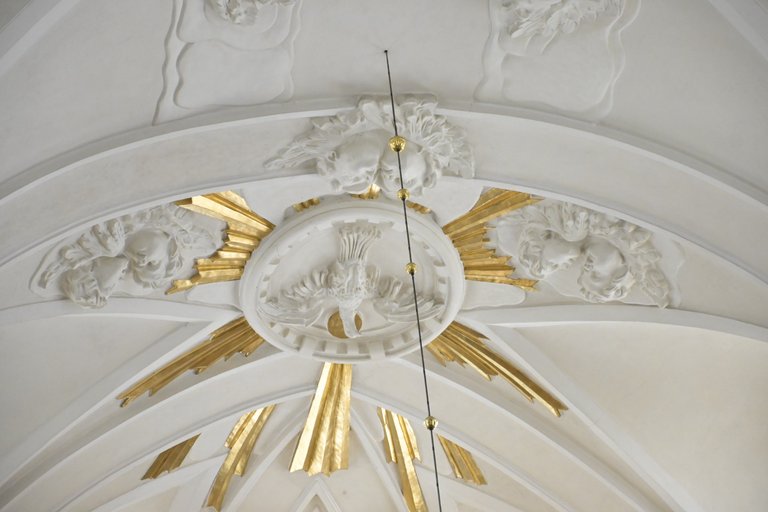
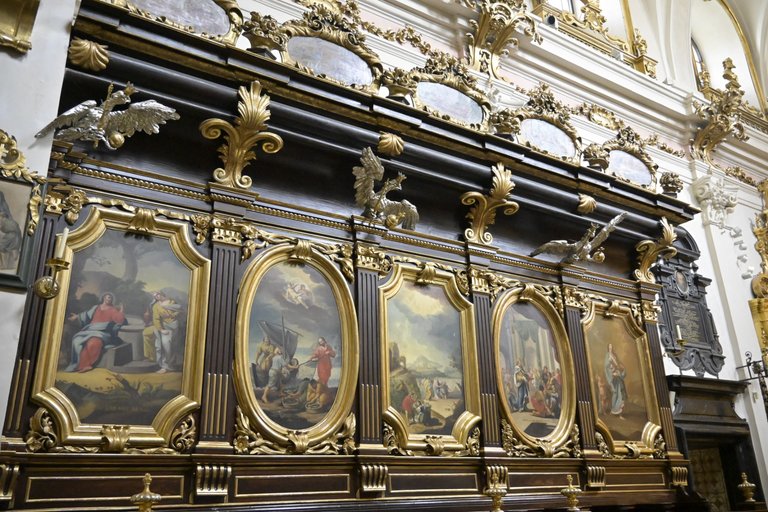
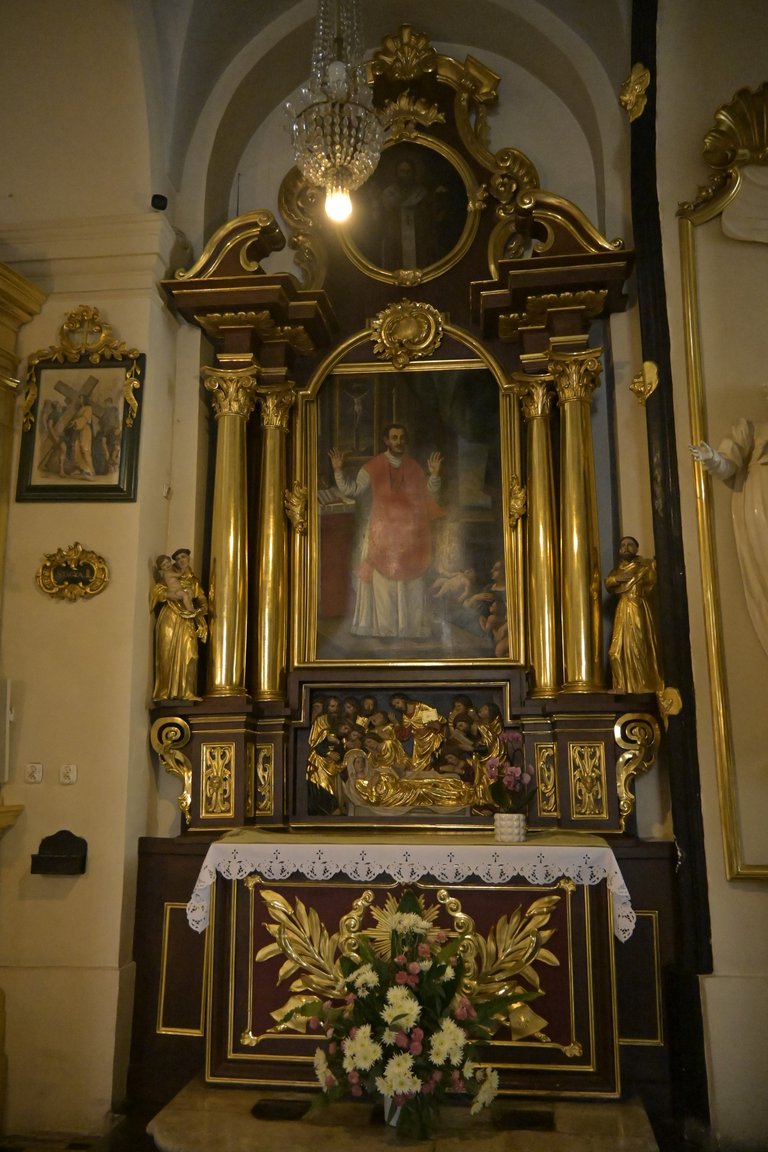
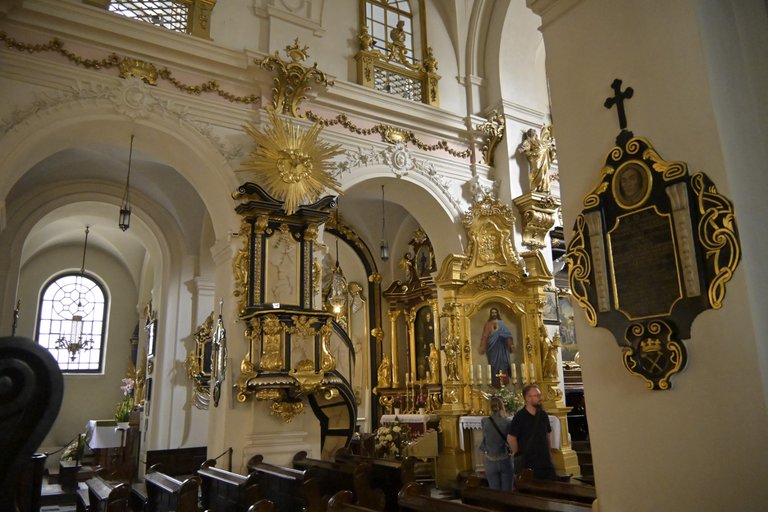
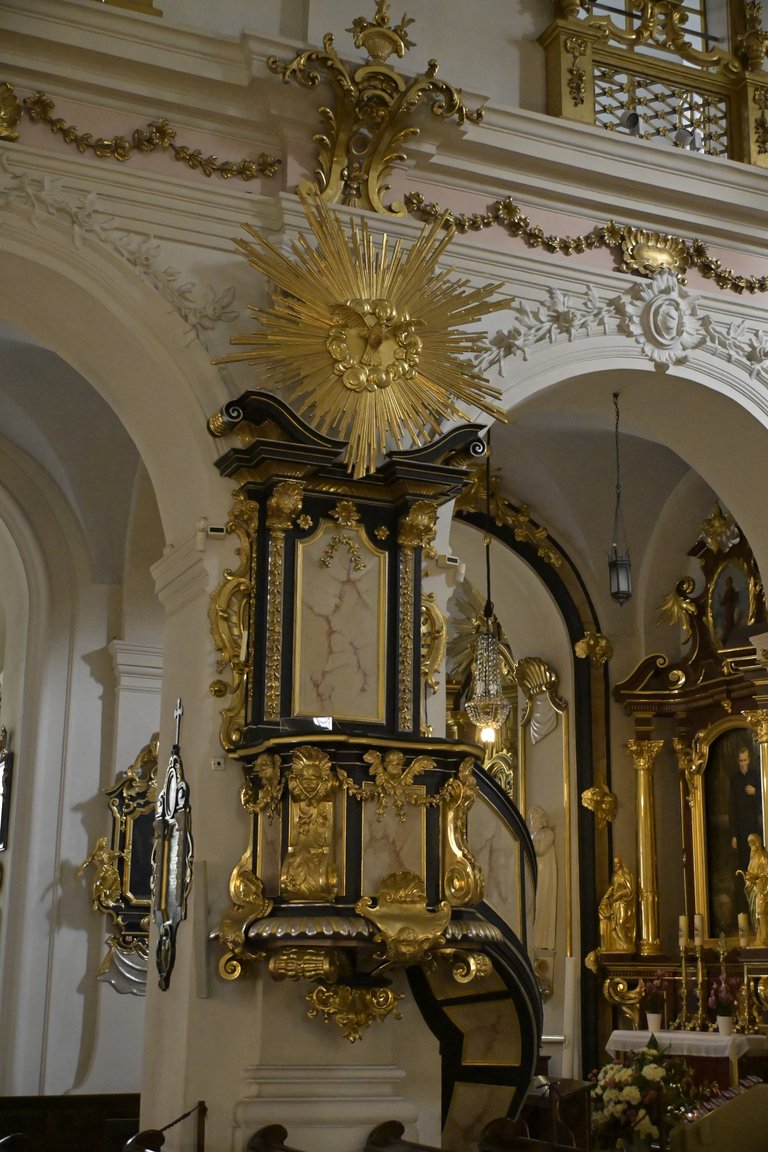


You can check out this post and your own profile on the map. Be part of the Worldmappin Community and join our Discord Channel to get in touch with other travelers, ask questions or just be updated on our latest features.
Congratulations, your post has been added to the TravelFeed Map! 🎉🥳🌴
Did you know you have your own profile map?
And every post has their own map too!
Want to have your post on the map too?
- Go to TravelFeed Map
- Click the create pin button
- Drag the marker to where your post should be. Zoom in if needed or use the search bar (top right).
- Copy and paste the generated code in your post (any Hive frontend)
- Or login with Hive Keychain or Hivesigner and click "create post" to post to Hive directly from TravelFeed
- Congrats, your post is now on the map!
PS: You can import your previous Pinmapple posts to the TravelFeed map.Opt Out
https://x.com/TravelfeedP/status/1950540682684219424
Congratulations @olusiu! You received the biggest smile and some love from TravelFeed! Keep up the amazing blog. 😍 Your post was also chosen as top pick of the day and is now featured on the TravelFeed front page.
Thanks for using TravelFeed!
@for91days (TravelFeed team)
PS: You can now read your favourite travel blogs on your phone. Plus, blogging on-the-go just got easier! Download our app on the Apple App Store or get it on Google Play.
Hello olusiu!
It's nice to let you know that your article will take 10th place.
Your post is among 15 Best articles voted 7 days ago by the @hive-lu | King Lucoin Curator by szejq
You receive 🎖 0.2 unique LUBEST tokens as a reward. You can support Lu world and your curator, then he and you will receive 10x more of the winning token. There is a buyout offer waiting for him on the stock exchange. All you need to do is reblog Daily Report 741 with your winnings.
Buy Lu on the Hive-Engine exchange | World of Lu created by szejq
STOPor to resume write a wordSTART